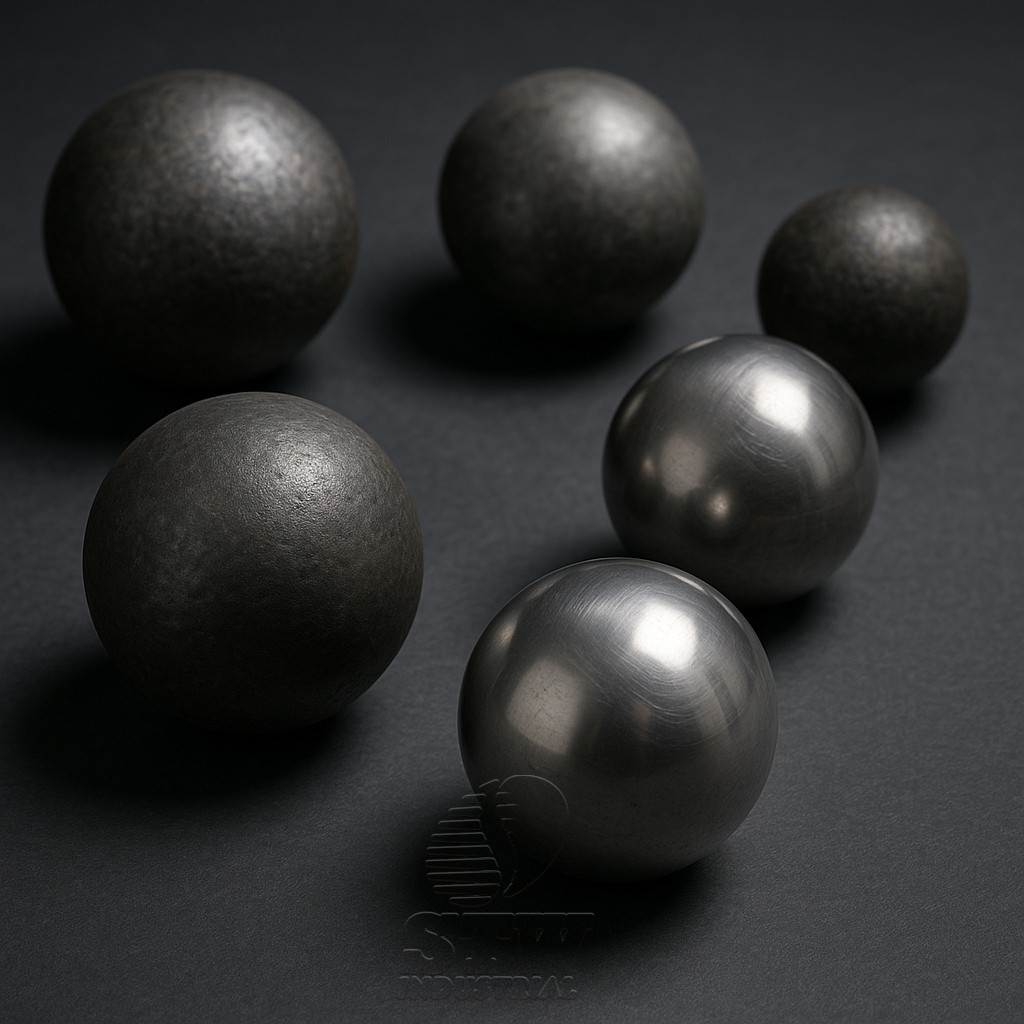
 Home > News
Home > News
As industries move towards greater precision, efficiency, and durability, steel balls—the core components of bearings and rotary systems—must meet increasingly stringent performance standards. Among all manufacturing processes, heat treatment plays a decisive role in determining the final quality and lifespan of steel balls.
Rather than a single step, heat treatment is a carefully engineered sequence of processes—annealing, normalizing, spheroidizing, quenching, and tempering—each designed to optimize microstructure and mechanical properties.
Annealing relieves internal stress formed during cold forming, softens the material, and improves its machinability. After cold heading or stamping, steel balls may contain internal tension; if not properly annealed, deformation or cracking may occur during subsequent steps.
Isothermal Annealing: Ideal for medium to high-carbon steel to promote uniform pearlite formation.
Spheroidizing Annealing: Transforms lamellar carbides into spherical ones, improving cutting performance and laying the foundation for efficient quenching.
These steps refine grain size and enhance mechanical stability.
Normalizing: Applied to carbon and low-alloy steels; air cooling promotes a fine, uniform pearlite-ferrite structure, increasing strength and toughness.
Spheroidizing: Especially beneficial for high-precision ball production. Spherical carbides make the material easier to machine and improve dimensional consistency.
Quenching transforms austenite into martensite, a hard microstructure that dramatically enhances surface hardness, wear resistance, and fatigue strength—especially crucial in high-speed, high-load environments.
Common quenching methods:
Oil Quenching: Balanced cooling speed, reduced deformation risk.
Water Quenching: Rapid cooling for maximum hardness, though more prone to cracking.
Gas or Vacuum Quenching: Ideal for high-precision applications like aerospace or ultra-precision bearings.
Post-quenching, steel balls may become too brittle. Tempering releases residual stresses and improves toughness, reducing the risk of cracking or failure during operation.
Low-Temperature Tempering (150–250°C): Maintains high hardness; suitable for rolling components.
Medium-Temperature Tempering (350–500°C): Increases shock resistance; ideal for impact-loaded applications.
High-Temperature Tempering (500–650°C): Optimizes overall mechanical performance for long-term durability.
With the rise of smart factories and Industry 4.0, heat treatment processes have become automated, digitized, and precision-controlled. Advanced equipment such as controlled-atmosphere furnaces, vacuum hardening systems, and in-line hardness testing ensures uniform quality and traceability.
As a specialized B2B manufacturer and exporter of precision steel balls, we ensure:
Rigorous process control: raw material inspection → forming → multi-stage heat treatment → flaw detection → dimensional verification → final testing
Custom solutions for different hardness levels, microstructures, and applications
Conclusion: Heat treatment is not just a technique—it’s a promise of precision, durability, and performance.
View More(Total0)Comment Lists